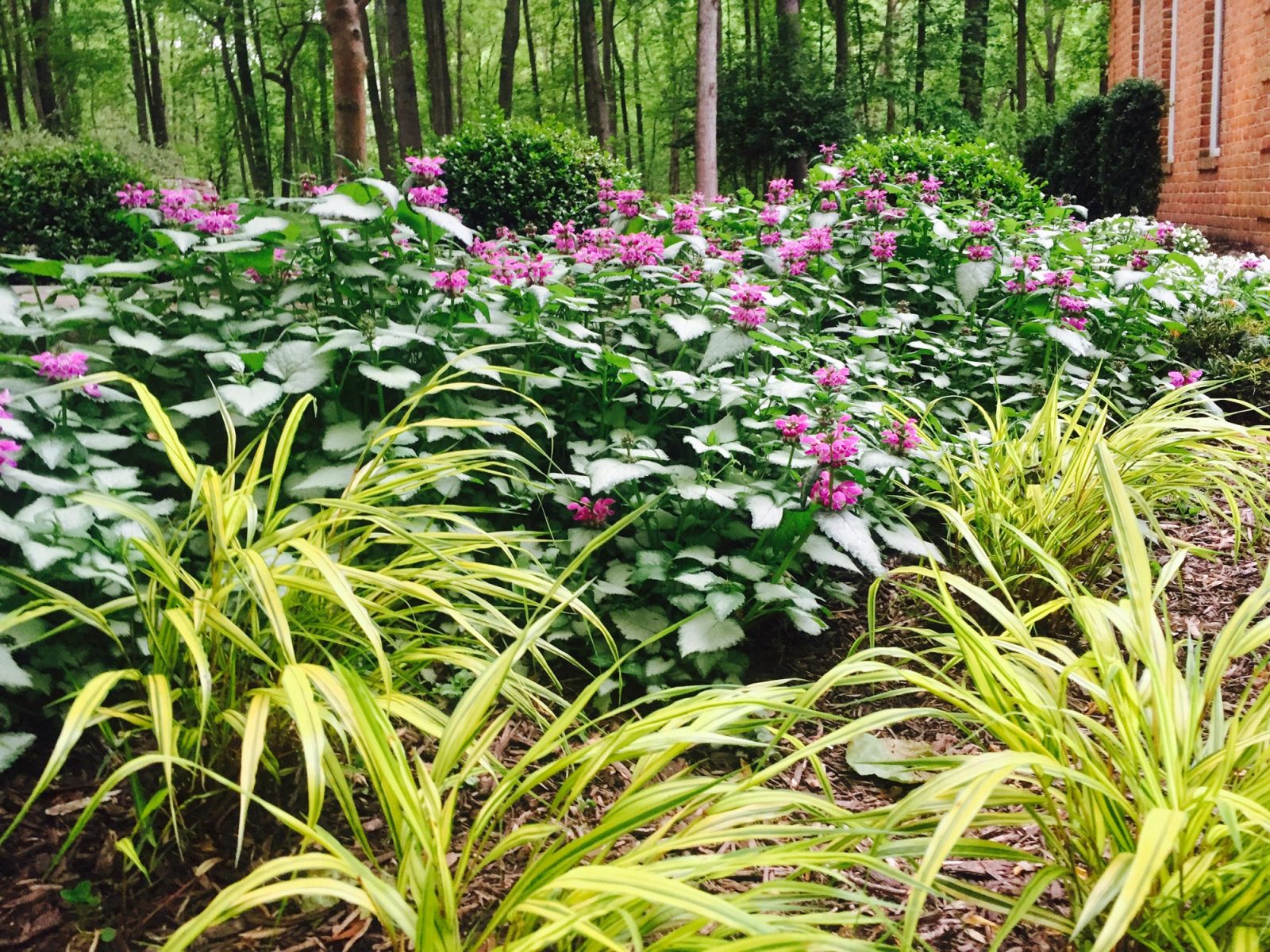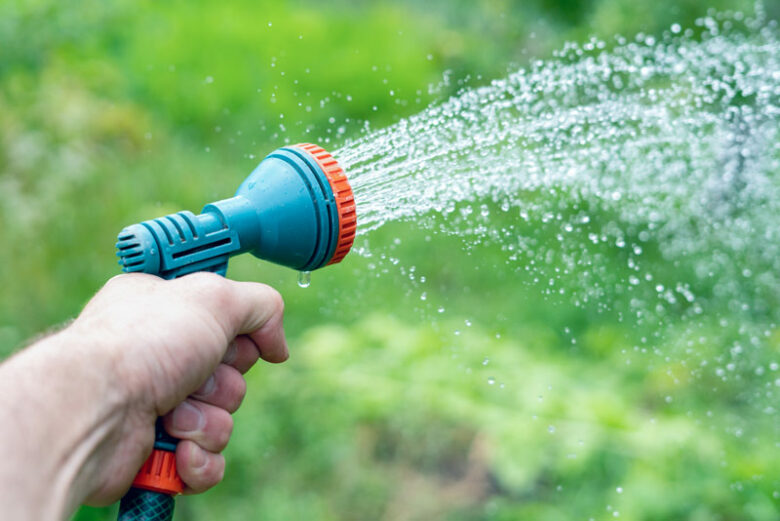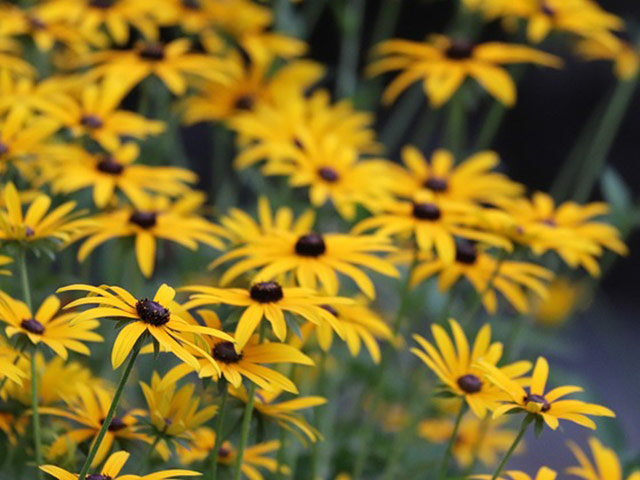What Are The Proper Watering Techniques For New And Established Landscaping?
Too much or too little watering can shorten the life of your plants.
When you have new plants added to your landscaping, they have different watering requirements compared to established plants. However, established landscaping also requires consistent maintenance and watering in order to thrive. While not all plants have the same requirements, there are many helpful tips and considerations that apply to most landscaping elements.
At Absolute Landscape & Turf Services, we have over 20 years of experience providing landscaping services to Howard County, MD, and the surrounding areas. We created this quick guide to help you with the proper watering techniques for your new and established plants, so your property can look its absolute best, all year round.

 Watering New Plants in Landscaping
Watering New Plants in Landscaping
Watering newly installed landscaping is essential to ensure its successful establishment and long-term health.
With new trees and shrubs in general, it is important that they be checked for soil moisture every couple of days for the first few weeks. Annuals and perennials should be checked more frequently.
When watering, the goal is to have the water penetrate deeper into the soil to help promote root growth down into the ground. Allow a trickle of water from a hose at the base of the plant for up to a minute, then move the hose to another area around the plant. Let it run longer on larger plants before moving around. If the soil feels wet when checking your newly placed plants, avoid watering as it is possible to overwater a plant and cause it to die.
Finding the right balance can be a challenge. Watering plants too much or too little can weaken plants, lead to root rot, and fungal diseases, stunt growth, or worse.
Watering Established Plants in Landscaping
To consider plants, shrubs, trees, or flowers as established, they must have been in the ground for a sufficient amount of time to develop a stable root system and have acclimated to their environment. The time it takes for a plant to become established can vary depending on the type of plant and local growing conditions.

Annual Flowers: Annual flowers complete their life cycle within a single growing season and typically do not survive winter. They are considered established after they have grown, flowered, and produced seeds, usually within a few months of planting.

Perennial Flowers: Perennial flowers live for multiple years, and they may take one to two growing seasons to establish fully. After their initial growth and successful overwintering, they are considered established.

Shrubs and Small Trees: For smaller shrubs and young trees, they are considered established after one to two growing seasons. They should have developed a healthy root system and shown consistent growth.

Larger Trees: Larger trees take longer to establish due to their extensive root systems. Depending on the tree species and environmental factors, it may take anywhere from two to five years or more for them to be fully established.
Seasonal Watering Frequency
The frequency of watering for established plants in Maryland’s growing conditions depends on various factors such as the plant species, soil type, weather conditions, and time of year. Generally, established plants in Maryland’s climate may require watering as follows:
![]()
Spring and Fall
During cooler seasons, such as spring and fall, established plants may not require frequent watering. As long as there is sufficient rainfall, supplemental watering may be needed every 7-10 days, or less, depending on the conditions.
![]()
Summer
In the hot and dry summer months, when rainfall is less consistent, established plants may need more frequent watering. Depending on the weather and soil moisture retention, watering every 3-5 days may be necessary.
![]()
Drought Conditions
During extended periods of drought or exceptionally hot weather, established plants will require more frequent watering. In such cases, watering every 2-3 days may be necessary to keep plants adequately hydrated.

